Written by guest blogger, Elena Cremonese, Archives Assistant
Playing historical detective
Have you ever wondered how archival institutions know what’s going on in their old photographs, records, and artifacts? It may seem that archives have—or should have—all the information. But records don’t always come to archives well-labelled or organized, and that’s true of business and personal records.
When I first began working at the Halifax Municipal Archives, I hadn’t realized just how many mysteries there would be. I think I had expected that much of the job was directing people to the right kinds of records, pulling those records from storage, and then bringing them to happy researchers. This is, of course, a big part of the job. But often reference requests, whether they come by phone, email, or from someone standing in the reading room looking for help, are much more specific and require a lot of research. At times, I feel like an historical detective.
And nothing feels more like a fun historical mystery than trying to identify unidentified photographs, opens a new window. Sometimes you look at a building or a street corner or a view in a photograph from 20, 50, 100 years ago, and you can tell right away where it is.
Other times it can be difficult to know what street it is, what year it is, and which former HRM municipality—if it even was one of them!
For example, this unidentified image comes from the City of Halifax Works Department. We think it's possibly from the 1950s, or earlier. An emailed suggestion said that this could maybe have been taken in South End Halifax, looking towards the harbour, but it’s hard to say. We had originally guessed somewhere in Halifax County. Any ideas?
Tips and tricks
When we’re trying to describe a photograph in the database, we want to give as much factual detail as possible. It likely wouldn’t be very helpful to researchers if we just wrote, “These are some old buildings in Halifax.” We want to add as much information, and as many possible search terms as we can, to help you find what you’re looking for.
But not everyone who works at the Halifax Municipal Archives can be an expert on every stretch of street, every architectural detail, every park, every coastal view, in Halifax, Bedford, Dartmouth, and the former County of Halifax, and sometimes narrowing down the date can be tricky, too. Here’s a few tips and tricks that we use when identifying photographs.
- License plates can be helpful, if you can zoom in (or use a magnifying glass – the analogue zoom!). The year was printed on NS plates from 1918-1969 and this can give you a ballpark idea of the year.
- Clothing styles and car models can usually give you a sense of the decade. Even just Googling “fashion Canada 1920s” will give you the gist, and it’s a pretty fun way to do research.
- Signage can give you the names of businesses, which can help tell you where a photo was taken, but even more subtle hints come from the signs in windows that sometimes advertise notable events (eg. a Royal Visit, concert, or movie opening). These hints can help you pinpoint a time period. A civic number on a building can also be a clue to its location on the Halifax street-grid-system.
- If you have the ability to consult a city directory (we have a collection of them at Halifax Municipal Archives, opens a new window, and Nova Scotia Archives, opens a new window has some earlier ones digitized and available online, opens a new window) business names on view can sometimes provide clues, since businesses opened and closed or moved or changed hands.
- Trying to figure out why a photo was taken can be valuable as well—what made this location, person, thing, business, moment, etc. photo-worthy? While today we can take photos with the supercomputer that lives in our pockets, in the past it was a more considered process. Photographs therefore were usually taken to mark something significant.
- Sometimes it might be as easy as having the building name shown clearly in the photo, or have a well-known person or event clearly visible – or both at once!
Crowd-sourced solved mysteries
Originally the Archives was uncertain who the man with Queen Elizabeth II, in the above image was. But someone who knew the person got in touch to let us know it was Creed Hollis, and to identify other people in photographs from that day, some of whom we had identified incorrectly, or not identified at all.
You might have noticed that we can’t only rely on our staff’s sleuthing skills—it can be a lot of work to narrow down locations and identities. One of the key elements to identifying unidentified images is you—the public! As with the above example, we do our best, but we are always grateful for the specific expertise of local knowledge. Sometimes that information is very localized, as with the image below.
This photograph of Crichton Street on Dartmouth was recently identified by a member of the public.
The person who helped to identify this photograph recognized the house from their morning dog walks, and sent us an email. With a bit of confirmation from Google Street View and other photos from the series—as well as photos that they took on one of their daily walks!—we confirmed their hunch, and the location of the image.
This photo was also identified by someone who was pretty used to the view—they live on the street today!
We are very grateful for the helpful tips from folks browsing through Flickr or our database. Sometimes it’s as simple as an extra set of eyes noticing a clue that we didn’t catch ourselves. Other times, we’re contacted by people who have lived here for long enough to remember the changes, and they can fill us in on the kinds of details we can’t know just from city directories and other photos, or wouldn’t think to check.
We’re always willing to consider that we’ve incorrectly identified a photograph, but to confirm a location in our database, we like to be as sure as possible. The above photo (and another from the same set) was misidentified as being Barrington Street, but someone reached out to let us know they thought it was Hamilton Lane, just a bit north of Barrington.
This prompted discussion, lots of emails back and forth, and eventually an on-site confirmation by a staff member—in this case, lining up the angle of the bridge viewable in the background and the approximate distance from the water was key!
Though the rough area where the above photo was taken was originally correctly identified, a researcher helped by narrowing it down—which meant a lot of staring at more recent photos of South Park Street and trying to line up minute architectural details on the houses. Halifax houses can be especially tricky for this, especially in black and white photographs!
This photograph was filed with Dartmouth Planning and Development Department records, perhaps taken as part of urban renewal programs, to document “unsightly premises.” So we know the photograph was taken in Dartmouth, and other photographs from the same file give us a general sense of where (see other photos here, opens a new window). The train tracks are another good clue. Power lines and other buildings can also be helpful as background images, but, you guessed it—in this case what helped was a group of people who remembered the house from their childhood. This let us confirm the street address of the building, and now others from the family and the area can find the photograph.
Another fun story is that of Mr. Alberstat, encountering this image of himself in our collection. This find prompted him to donate other material to the Archives, and to help us identify the name of the pawn shop and, of course, the mysterious man in the photo!
I want to finish with one final example of crowd-sourcing photo identification, this time not of buildings or people, but of a ship.
The person who commented on this photo in our Flickr album gave us some info on the type of ship—a four-stack destroyer—but also on the history of that type of vessel through WWI and WWII. This allowed us to narrow down the type of ship and the time frame of the photo, and added valuable historical context to other photographs in the series and the picture of what Halifax was like during wartime. It had the added benefit of teaching me a lot about naval ships during WWI and WWII—how they moved from one navy to another, name changes, and fun facts on dazzle camouflage techniques.
Do some sleuthing
Take a look at our unidentified photographs on Flickr, opens a new window—you can comment using a Flickr account, or email us at archives@halifax.ca to let us know if you spot a clue! Or, browse through some of our identified photos. Maybe you’ll also learn some fun facts, and hopefully help us solve some mysteries.
And to help future archivists, be sure to label the photos you’re capturing today!


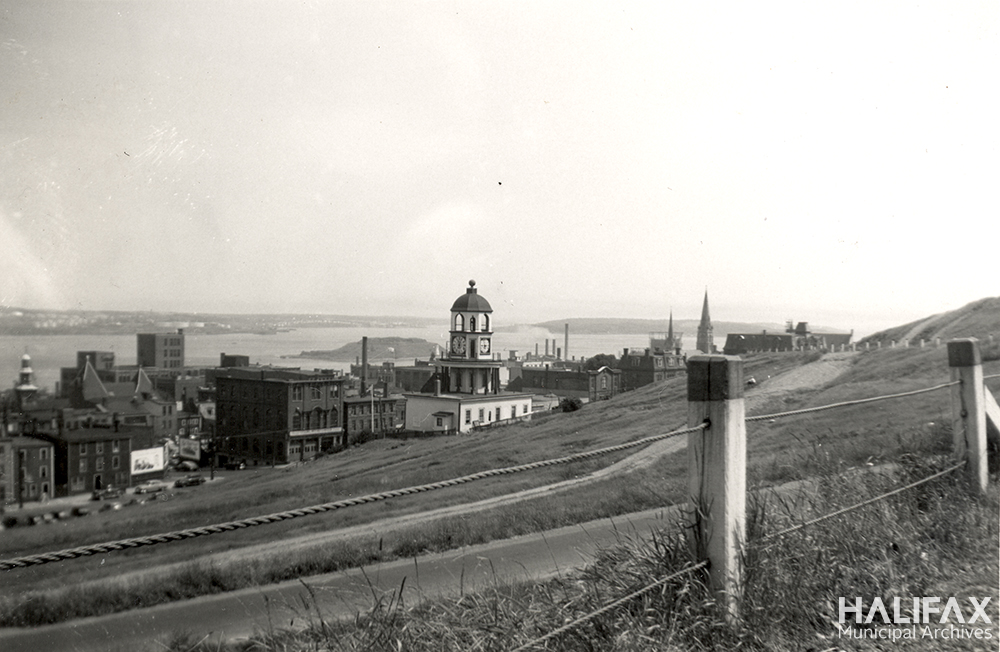
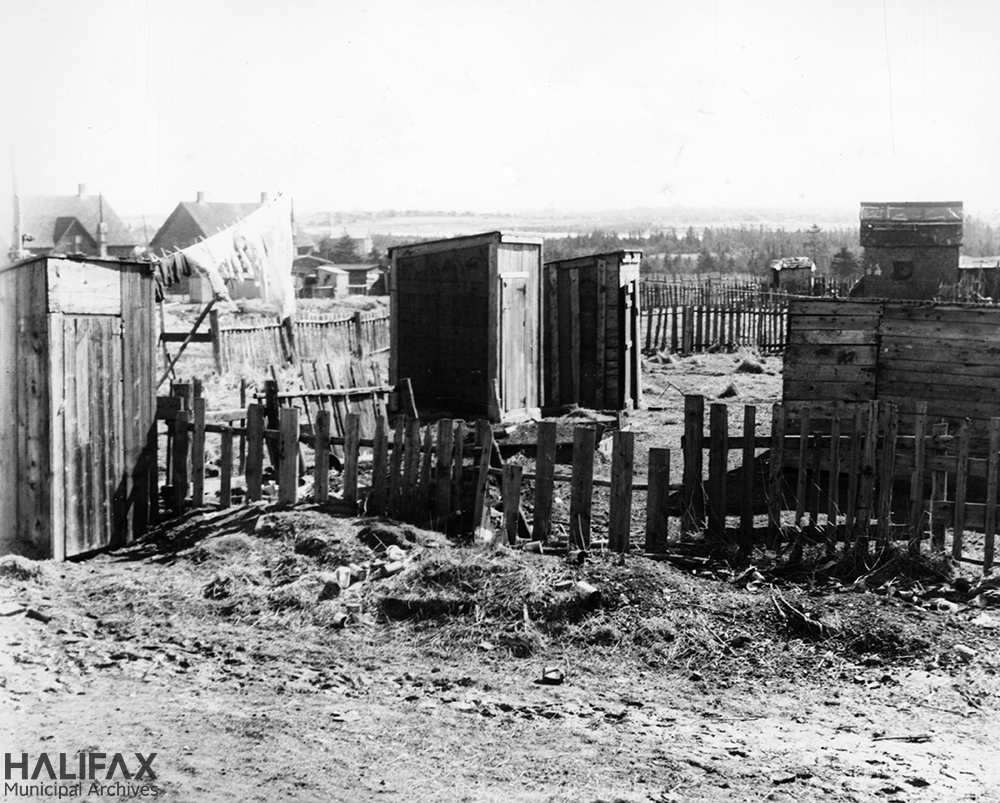


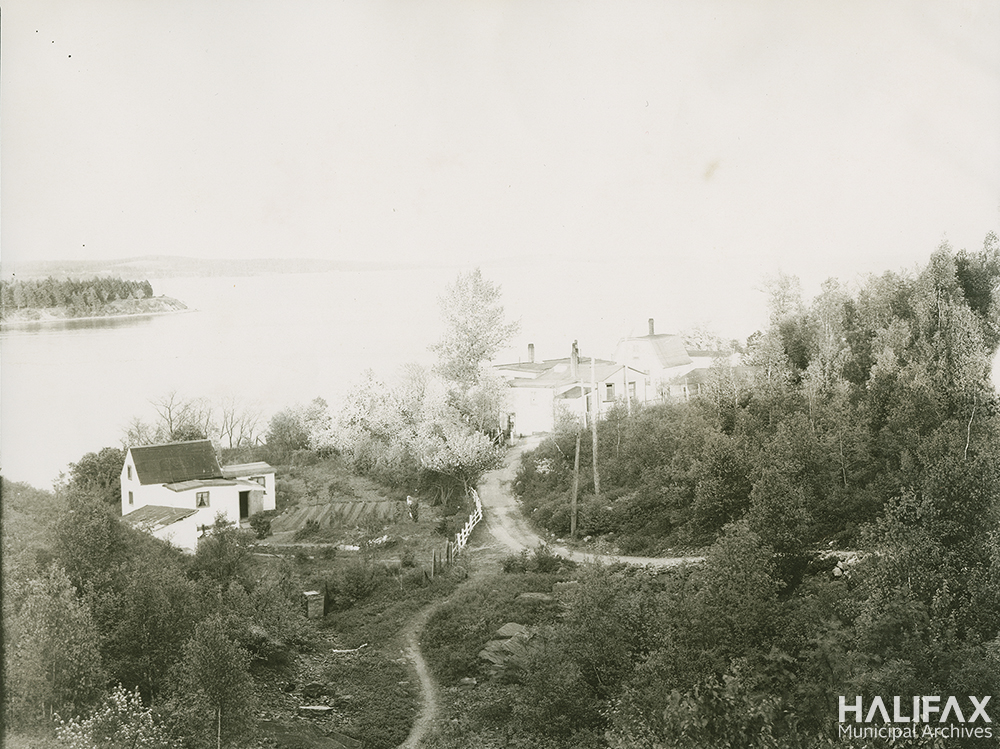
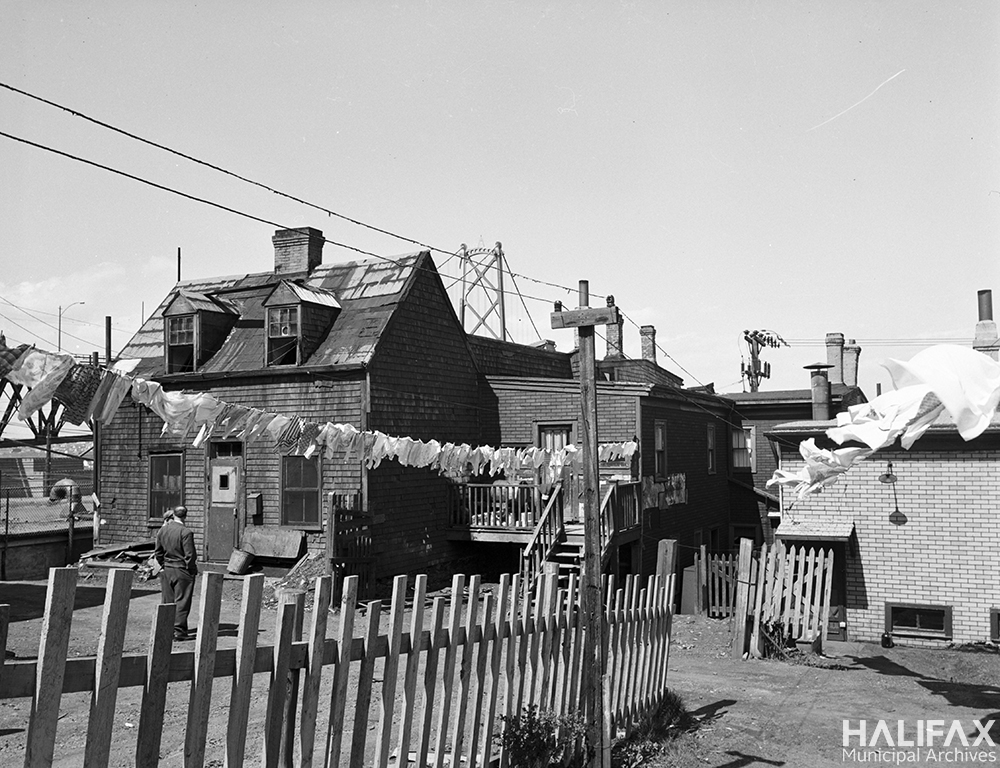
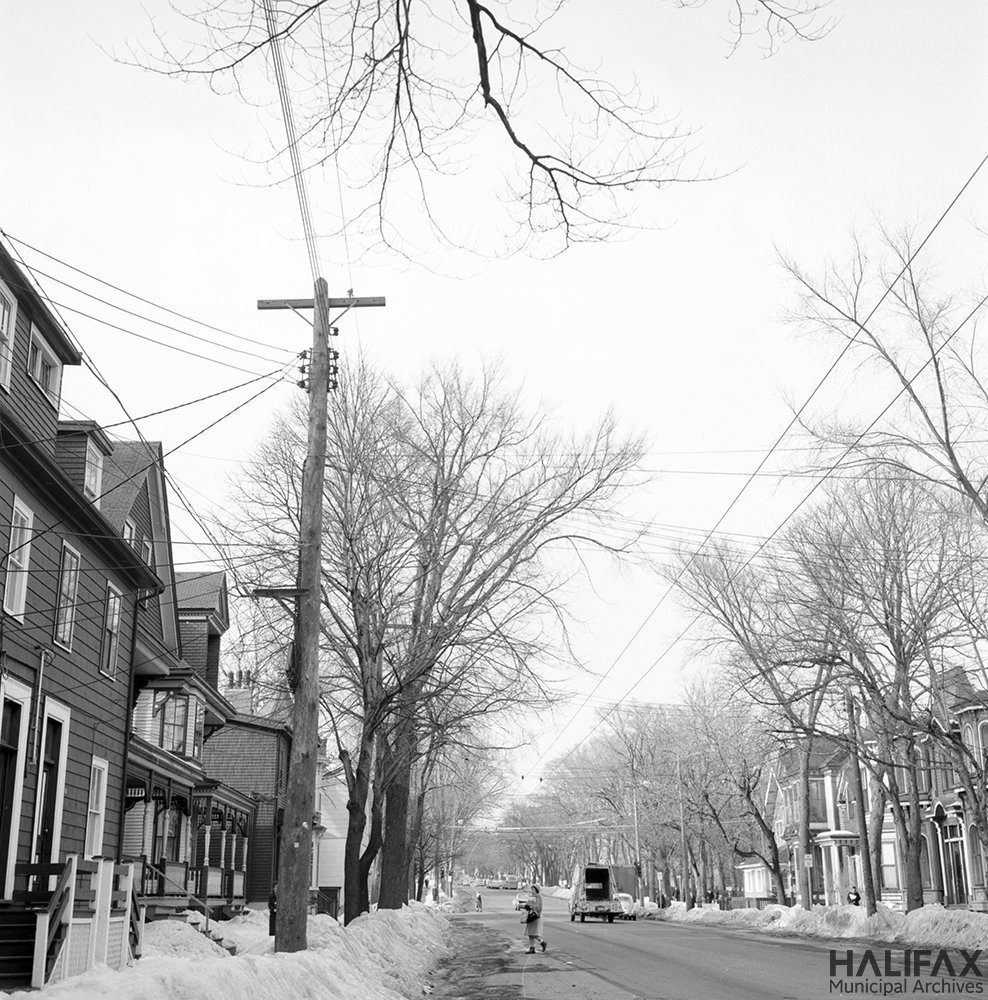
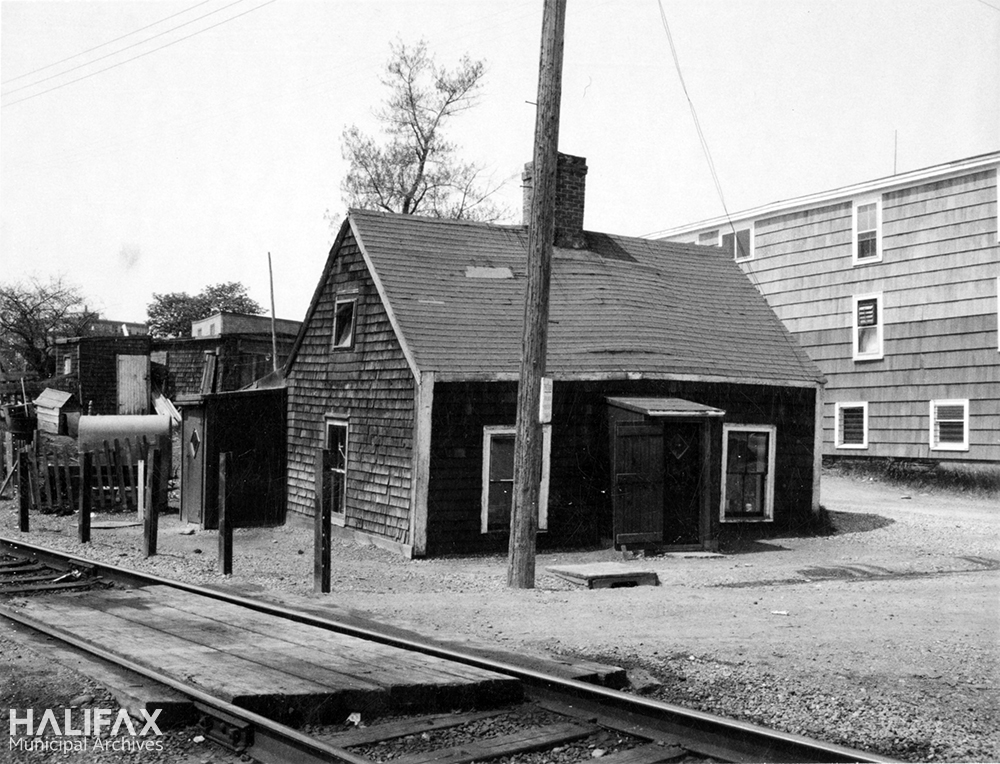
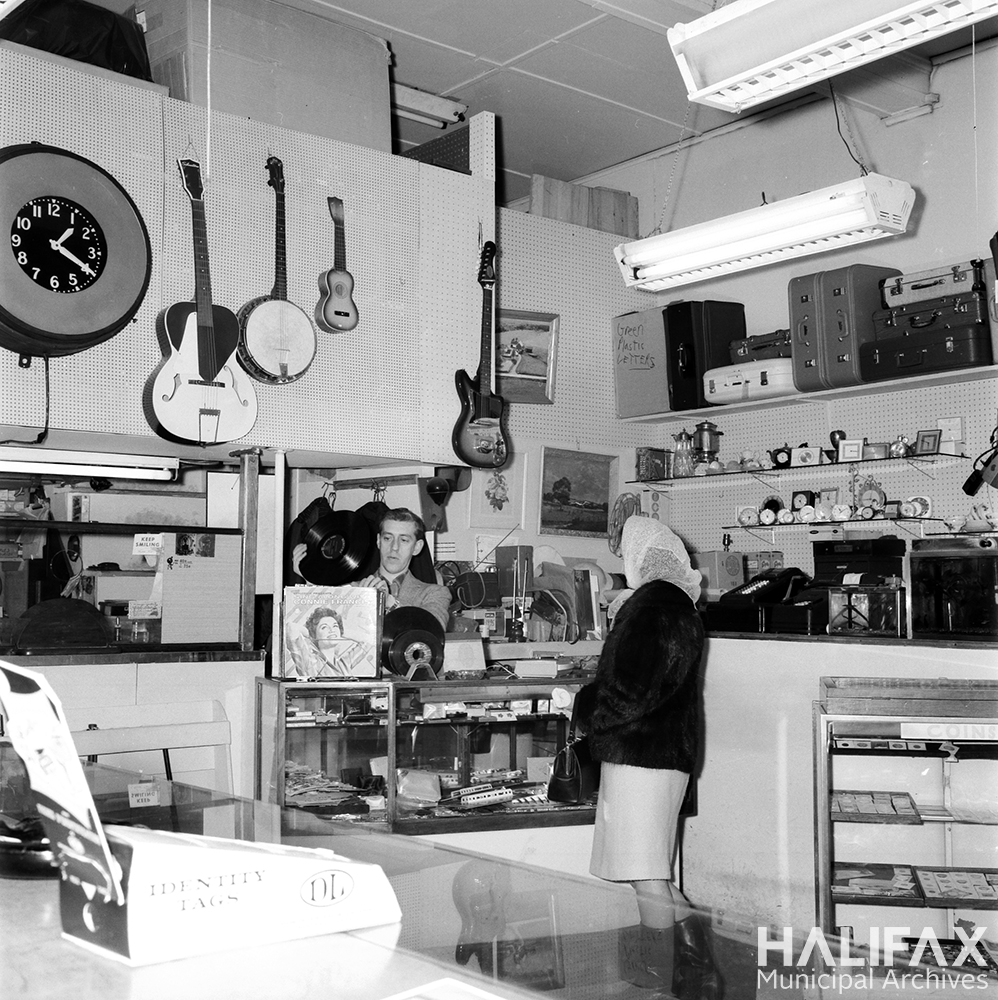
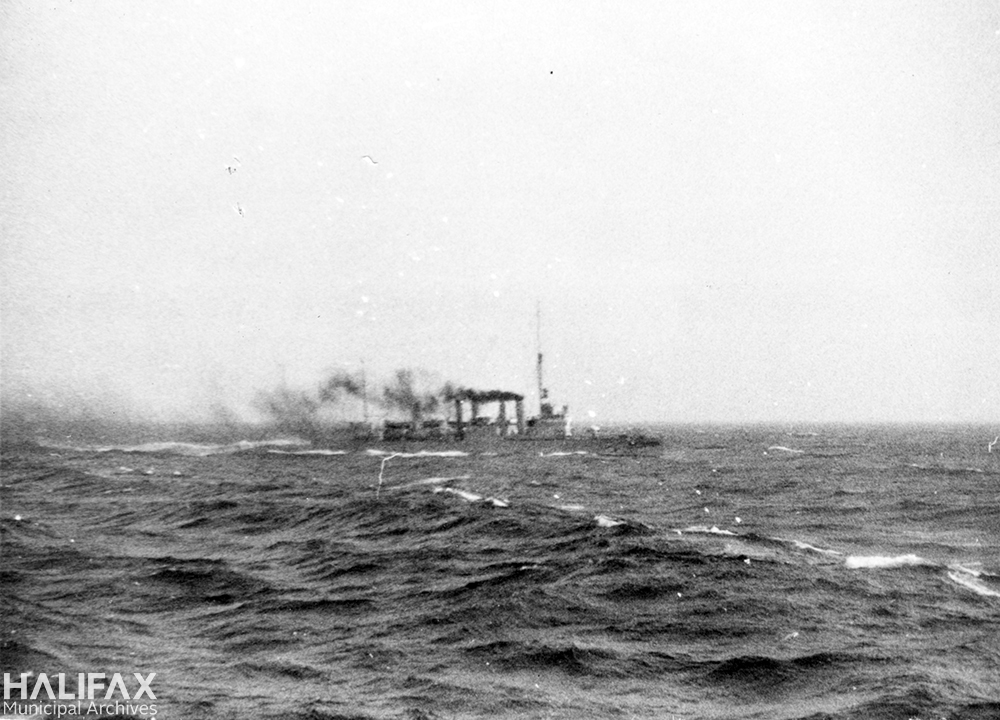


Add a comment to: Halifax Municipal Archives: Solving Mini Mysteries by Identifying Unidentified Photos